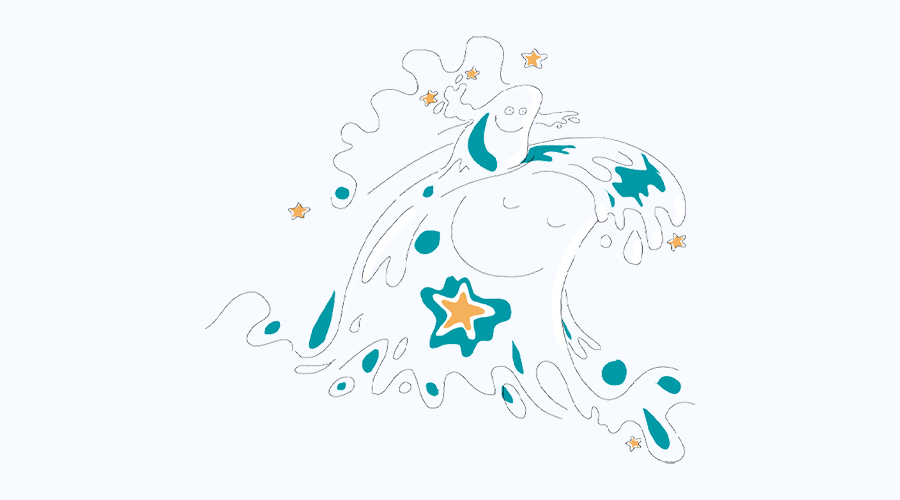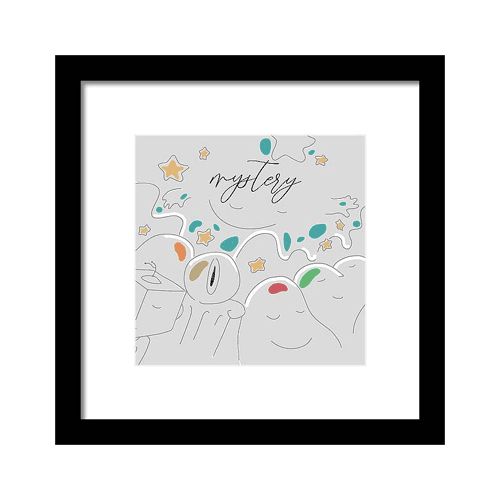Most of the ways that people have found to get things done together across difference made some measure of sense when they first emerged, but eventually the reasons faded and the results remained. When “how we do things” stops matching the needs of the moment, all sorts of challenges arise by systems are designed to persist and many old methods of leading and organizing have endured and become internalized in ways that may show up today as “styles” of leadership or organizing.
In his breakthrough 2014 book, Reinventing Organizations, Frederick Laloux described what he saw as a series of phases or stages of organizing (if you haven’t read it, you can buy the book or read a good summary here). In that work, he ascribed colors to each of these stages and coined the term “teal organization” to describe the evolutionary structures that he saw as the pinnacle of progress. I’ve developed the KOAN Characters to build on and extend this thinking, weaving these ideas together with 25+ years of my own scholarship and lived experience to help us recognize these patterns when we see them and explore new and better ways of solving big problems together. As you read over the stages and meet the KOAN characters below, think about where you have met leaders like these or lived inside communities or organizations with these characteristics:
 MO | Stage 1 (Red): Bigger is Better.In the beginning, core survival needs meant that bigger and stronger was better. Whomever could get more (food, shelter, fire, resources…) tended to win the day. This led to clan and tribe-like groupings of people who banded together for safety and security. Differences were viewed as threats and avoided or killed off. Physical strength, brute force, or the ability to gather and hoard resources were likely determinants of power. Where have you experienced systems of domination-and-control in your life? Are there places it serves? Where and how does it break down? |
 SAGE | Stage 2 (Amber): Wisdom Wins.Eventually the bigger is better dynamic tends to devolve into warring factions and brute force reaches its natural limits. At that point, knowledge, insight, and strategy become more important. Being able to make better tools, think creatively, and codify and share what you have learned with others consolidates power, helps you control access to resources, and gives you the upper hand. Here, differences are managed through ideology, ritual, and story. Where have you experienced systems built on hierarchy or deference? What might they do well? What problems do they create? |
 KAN | Stage 3 (Orange): Mechanical Marvels.Smarts only take you so far if you can’t scale your solutions, so eventually the people who can take ideas and make them repeatable by others or take small ideas and turn them into bigger ones begin to get the edge. This helps lots of people contribute to making and building things but concentrates power in the hands of those who make the machines and the methods. Process and procedure rule the day and differences are measured and managed. What kinds of organizations still run on process efficiency and strict procedures? What are they good at? What are they particularly bad at? |
STAR | Stage 4 (Green): Caring Communities.Machines can only do so much, and eventually living, breathing people get squeezed by systems not built for them. Some leaders begin to recognize that connecting people to the mission of their organizations or communities and demonstrating care for their employees or members can be a competitive advantage. Groups that position themselves as purpose-driven begin to attract more followers and set themselves apart. The downside of the cult of care is that it may deal with differences largely by sending them underground so as to maintain appearances. Where have you seen this at play? What are the upsides? When things fall apart, what happens? |
BE | Stage 5 (Teal): Present to Purpose.Eventually, if groups espouse caring values, but don’t adjust and adapt their systems and processes to support these changing ways of leading and working, they create a disconnect that can erode faith in and commitment to that system. It is those leaders who can stay present to purpose and steer true to their core commitments in a way that invites curiosity in the face of differences that build the resilience to thrive over time. The networks of people they attract and inspire are those that will prosper not by dominating differences, but by listening to them for the truly breakthrough solutions of tomorrow. Have you ever experienced this kind of open, receptive community? What becomes possible under these conditions? What makes living into them hard? |
This cast of KOAN characters highlight how the strategies for dealing with difference implied in each of the “stages” above can be adopted as a “survival strategy” in the face of difference. Mo resorts to bullying and domination, Sage to elitism and superiority, Kan to mechanical policies and procedures, and Star to the kind of superficial niceness that sends difference underground. Be remains present—awake and aware—in tune with what is and able to respond and adapt accordingly.
All of these characters have a shadow side, but also have slivers of upside that we should be careful not to “throw out with the bathwater.”









